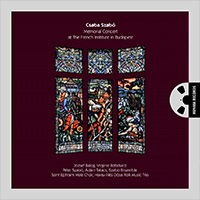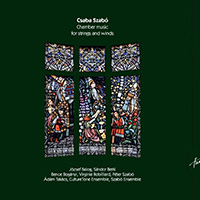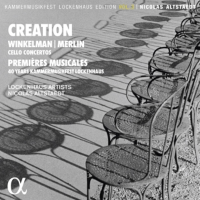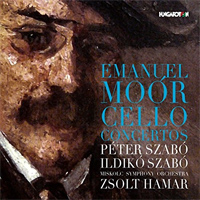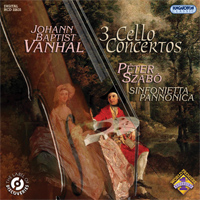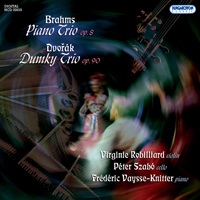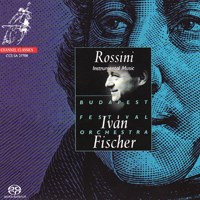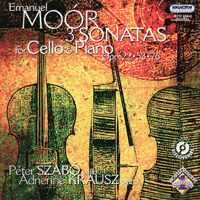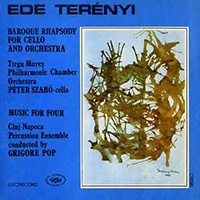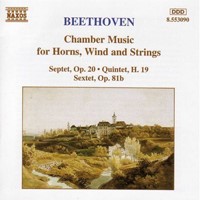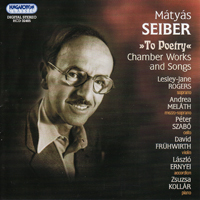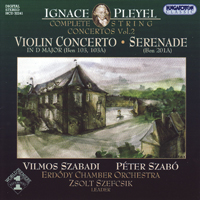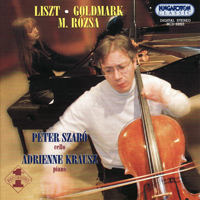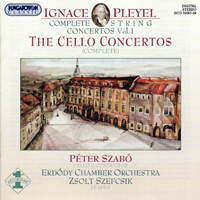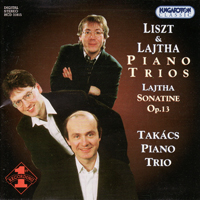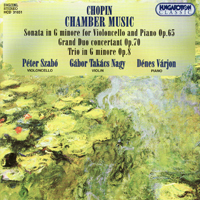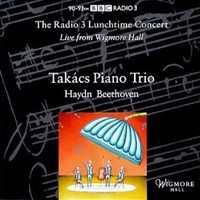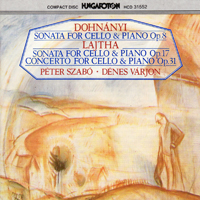REVIEW: Neglected CELLO concertos by Pleyel
Hungaroton 32067-68 [2 discs, 1-72:58; 2-57:21, DDD]
Ignaz Pleyel Cello Concertos [Volume 1]
Péter Szabó, cello
Erdődy Chamber Orchestra
Leader: Zsolt Szefcsik
Péter Szabó, conductor
[World Premiere Recordings]
Having a few recordings of Ignace Pleyel's music on LP and CD over the years (actually there weren't that many), discovering his cello concertos through these world premiere recordings provided some extraordinary and surprising listening moments. Let's face it though, Pleyel's music is not that well known, while the name Pleyel has enjoyed a great popularity where pianos are concerned, especially in Europe.
Ignace Pleyel was born in Austria in 1757 and he died in Paris in 1831. It was his father, Camille Pleyel, who carried on the piano manufacturing business his father had started; eventually the business was taken over by Ignace (Ignaz). Ignace was a gifted pianist who became a pupil of Wanhal and Haydn. He also took up conducting, honing these skills in Rome, Italy, assuming a post in Strasbourg. Later, he went to London to conduct concerts. Eventually he settled in Paris where, in 1807, he founded his own piano manufacturing business. It was Ignace's pianos that were played by Chopin, Alkan, Liszt, and others, and where the Erard piano name gained its fame.
Given that bit of history, one can take on the five cello concertos spread over these two discs and find some charming music that is unduly neglected. While Haydn's cello concertos are performed (and recorded) much more frequently, Pleyel's lays dormant only because they are unknown, even by cellists themselves.
If one is reminded of Mozart in these works, it's not surprising. Pleyel was born one year after Mozart, and outlived Haydn (1732-1809), Mozart (1756-1791) and Beethoven (1770-1827), the latter by four years. The influence of all these composers is apparent, but the finger will be pointed directly to Mozart where the structure of each concerto is concerned, and to Haydn to a lesser degree. The influence of Beethoven is less founded.
The orchestral structure provides a higher level of compositional ideas and brilliance than the solo cello parts which, nevertheless, meld nicely into the whole. The "busyness" of the Concerto in C Major (1788-89) in the tutti passages are most appealing in the first movement. Another concerto in C major (1782-84) is also one of the finer representatives of this group of concertos.
Péter Szabó is a first class cellist who plays in the older tradition, using portamento liberally. He possess a tone that sings strongly, and his technique is firm. Szabó does here what many instrumental soloists seem to be doing these days, conducting the orchestra from his cello position. This adds mightily to the soloist's work load, but when one has an ensemble such as the Erdődy Chamber Orchestra at one's disposal, there is not much cause for worry. Founded in 1994, this is one of the most refined and polished chamber orchestras I've heard on record.
The sound is exemplary in the recordings though I would have wished for just a slightly more forward focus on the cello.
While in his heyday, Pleyel the composer was much more respected and his music played regularly by the most gifted performing artists of his day. Today Pleyel's music has slipped into near oblivion but because of recordings such as this, the music has a chance to live once again, as it should.
Lance G. Hill
Editor-in-Chief
The Classical Music Guide Forums
17 April 2005


